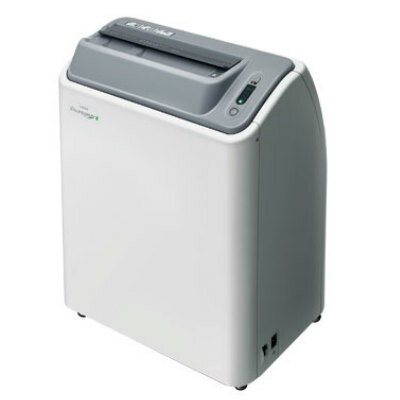DTI Scanning Shows Adolescent Risky Behavior May Be Evidence of Mature Brain
By MedImaging International staff writers
Posted on 16 Sep 2009
A new study using brain imaging to assess teen behavior indicates that adolescents who engage in dangerous activities have frontal white matter tracts that are more adult in form than their more conservative peers. Posted on 16 Sep 2009
The brain goes through a course of maturation during adolescence and does not reach its adult form until the mid-twenties. A long-held hypothesis of adolescent behavior has assumed that this delayed brain maturation is the cause of impulsive and dangerous decisions in adolescence. The new study, utilizing a new form of brain imaging technology, calls into question this hypothesis.
In order to understand better the relationship between high risk-taking and the brain's development, Emory University and Emory School of Medicine (Atlanta, GA, USA) neuroscientists used a form of magnetic resonance imaging (MRI) called diffusion tensor imaging (DTI) to measure structural changes in white matter in the brain. The study's findings were published in the August 26, 2009, issue of the journal PLoS ONE.
"In the past, studies have focused on the pattern of gray matter density from childhood to early adulthood,” commented Gregory Berns, M.D., Ph.D., lead investigator and professor of Psychiatry and Neuroeconomics at Emory University and director of the Center for Neuropolicy. "With new technology, we were able to develop the first study looking at how development of white matter relates to activities in the real world.”
Gray matter is the part of the brain comprised of neurons, whereas white matter connects neurons to each other. As the brain matures, white matter becomes denser and more organized. Gray matter and white matter follow different trajectories. Both are important for understanding brain function. The study enrolled 91 adolescents ages 12 through 18 over a three-year period. Levels of engagement in dangerous behaviors were measured by a survey that included questions about the teens' thrill seeking behaviors, reckless behaviors, rebellious behaviors, and antisocial behaviors. DTI was used to measure corresponding structural changes in white matter.
"We were surprised to discover that risk-taking was associated with more highly-developed white matter--a more mature brain,” stated Dr. Berns. "We were also surprised to learn that except for slightly higher scores in risk-taking, there was no significant difference in the maturity of the white matter between males and females.”
Dr. Berns suggests that doing adult-like activities requires sophisticated skills. "Society is a lot different now than it was 100 years ago when teens were expected to go to work and raise a family,” said Dr. Berns. "Now, adolescents aren't expected to act like adults until they are in their twenties, when they have finished their education and found a career. You could make the case that in this country, biological capacity shows up long before the wisdom that comes with time is fully developed.”
According to Dr. Bern, more studies need to be done to determine if early brain development predisposes someone to engage in risky behaviors, or if the risky behavior drives the maturation of the brain.
The U.S. Centers for Disease Control (CDC; Atlanta, GA, USA) reported that 27,000 people between the ages of 10 and 24 die from bad decisions in the United States per year. Moreover, it has been shown that the period of mid-adolescence (ages 15 through 19) is the time when teens are more likely to begin high-risk behaviors such as drinking, abusing drugs, or driving recklessly.
Related Links:
Emory School of Medicine













